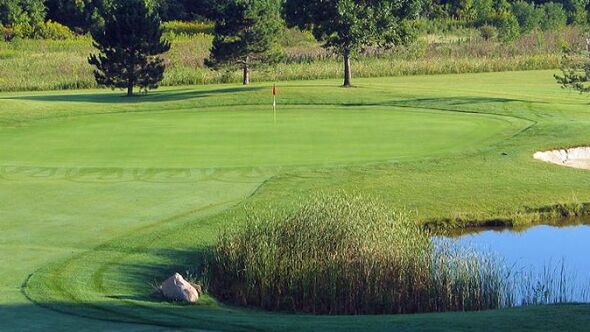Bill Newcomb Designed Courses Map
Bill Newcomb Designed Courses
-
-
-
-
-
-
Riverview, MichiganPublic/Municipal
-
-
-
-
-
-
-
-
-
Riverview, MichiganPublic/Municipal
-
Acme, MichiganResort
-
-
-
-
-
-
-
-
-
Mancelona, MichiganSemi-Private
-
-
-
-
Thompsonville, MichiganResort
-
-
-
-
-
Riverview, MichiganPublic/Municipal
-
-
-
-
-
-
-
-
-
-
-
-
-
-
-








 Back
Back

























































